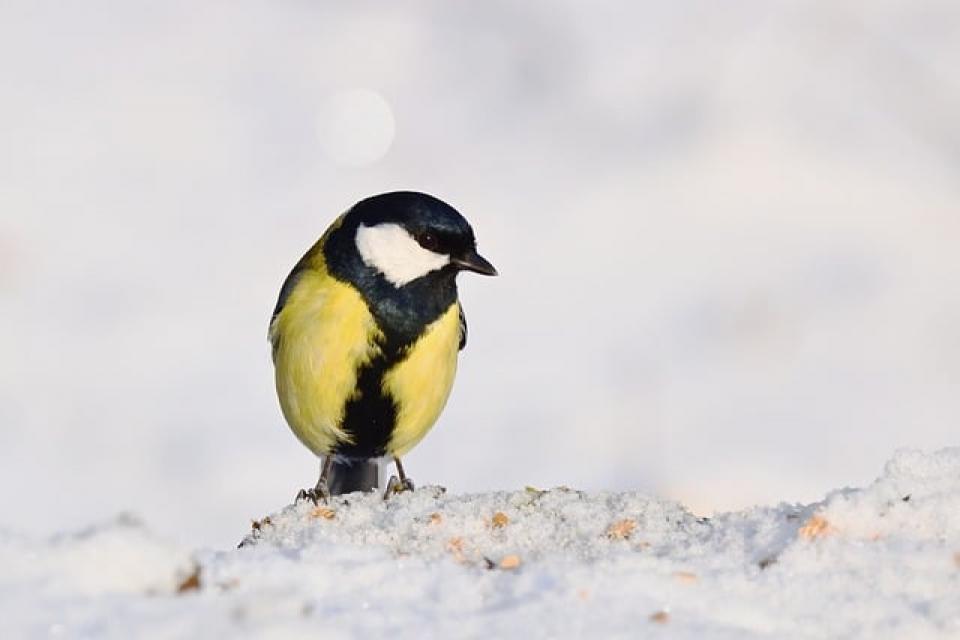Datasets
Standard Dataset
Echoes of Extinction: The Global Biodiversity Alarm
- Citation Author(s):
- Submitted by:
- RAMKUMAR Yaragarla
- Last updated:
- Thu, 04/24/2025 - 23:24
- DOI:
- 10.21227/vse5-w754
- Data Format:
- Research Article Link:
- License:
 33 Views
33 Views- Categories:
- Keywords:
Abstract
How We Built This: Data, Tools, and Trust
We used official data from UNdata (last accessed November 2024), focusing on threatened species by country and year. The information was grouped into three main biodiversity categories—Vertebrates, Invertebrates, and Plants.
Using Python and Pandas, we cleaned and filtered the dataset to remove duplicates and non-country entries. For each year between 2004 and 2023, we highlighted the top 25 countries with the highest number of threatened species per category. This made the data easier to visualize and understand.
We created three CSV files—one for each group—and built dynamic bar charts with Chart.js. A year selector lets users explore trends over time. The charts are lightweight, offline-friendly, and styled to match I Hug Trees' brand colors.
We manually verified all data against the IUCN Red List for accuracy. The visualizations were tested across browsers and devices for smooth performance, and everything is fully reproducible for educators and researchers.
Overview
This dataset highlights the 25 countries with the highest numbers of threatened species, grouped into three key biodiversity categories: Vertebrates, Invertebrates, and Plants.
Each group is visualized using color-coded horizontal bar charts, allowing users to explore how species risk levels have changed year by year across different nations.
Data Processing Workflow
-
Cleaning & Filtering: The raw dataset was refined to remove inconsistencies and exclude non-country entries like continents.
-
Category Grouping: Species were organized into three distinct categories for clearer comparison—Vertebrates, Invertebrates, and Plants.
-
Country Selection: For every year, only the top 25 countries were selected to keep the visualizations sharp and focused.
-
CSV Creation: Clean, category-specific CSV files were generated using Python and Pandas for seamless integration into the site.
Data Format
-
File Type: CSV (.csv)
-
Columns:
-
Country: Name of the country
-
Year: Data ranges from 2004 to 2023
-
Value: Number of threatened species per country per year
-
Group: Biodiversity group—Vertebrates, Invertebrates, or Plants
-








